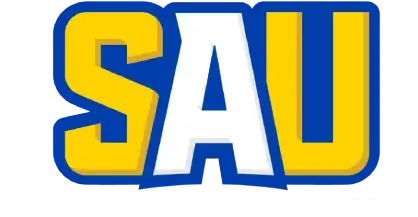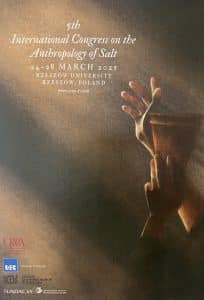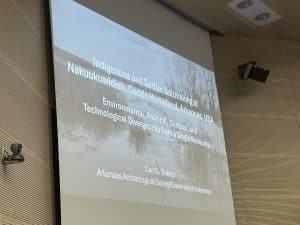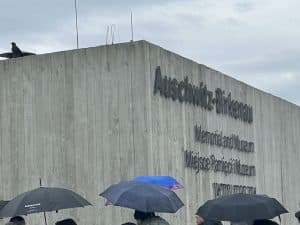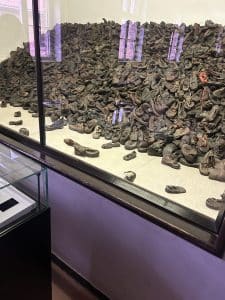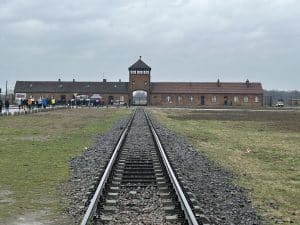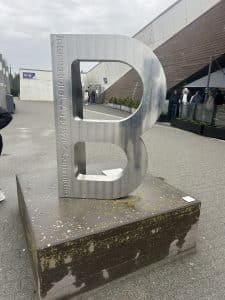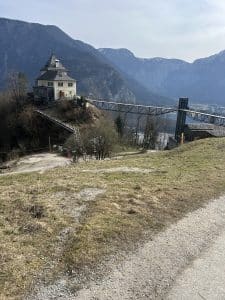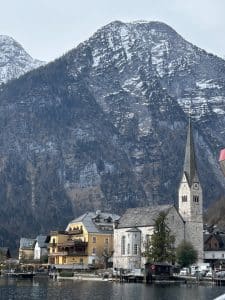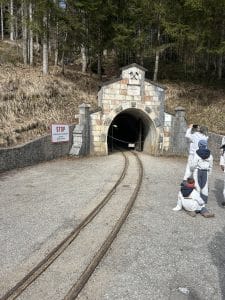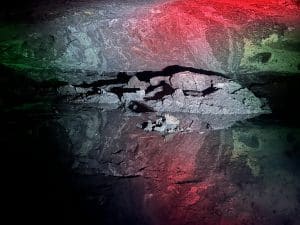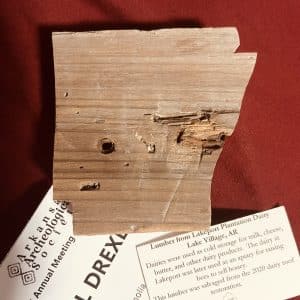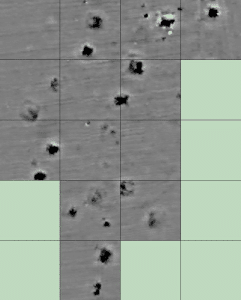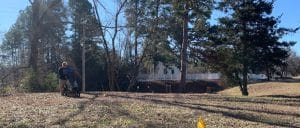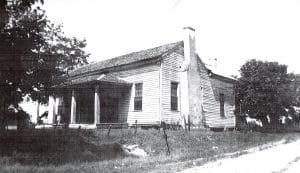So, we’ve covered the trip to Hallstatt in Part I, the stop at Auschwitz-Birkenau in Part II. Now, we’ve made it to the conference and it’s time to get into the research presented there. Part IV is coming and will cover the final day’s trip to the Wieliczka Salt Mine.
The conference was held at the University of Rzeszow, in Rzeszow, which is in eastern Poland only about 50 miles from the Ukrainian border. Getting there was easy by train; PKP Intercity trains were pretty good throughout the trip. Rzeszow is a nice city, very walkable and with some nice architecture around the train station area.
The planners of the conference (Maciej Debiec from the University of Rzeszow and Ashley Dumas from University of West Alabama) set up a schedule where there were longer plenary sessions each morning, followed by numerous papers, a late (by American standards) lunch, then more papers in the afternoon. There was only one session at a time, so everyone was there for each presentation and there were some involved conversations after some of the questions, which illuminated some of the presentations.
One of the fascinating things about the conference is that this was an internationally-oriented conference in a way one often doesn’t see for conferences of its size (about 70 registrants). There were numerous papers from North America, South America, Europe, and Asia. I will admit that areas with their important histories of salt production, like China, were not represented. Within these, some areas were extra-heavily represented, notably Eastern Europe, particularly Romania, which had a LOT of researchers present. Research spanned the period from the European Neolithic to the present, and was the source of some interesting conversations as we had several discussions about how archeologists classify the past in different parts of the world.
There are a couple of things that stand out as main impressions from all of these papers. First, there is commonality between when different communities started making salt, not temporally, but when cultural change and innovation made it fit best into their needs. For some parts of the world, this was 5,000 years ago. For others, it was 500. But the changes in settlement, subsistence, and culture that appear around the time that many salt sites were first developed show some interesting global parallels.
Second, things like extraction technology, fuel costs, and transportation also showed some parallels. Descriptions of the making of salt ceramics in Neolithic Europe versus modern day southeast Asia versus precontact Native America showed very similar developments around the world, particularly when a group is making salt from brine (as opposed to mining rock salt).
For my third point, I would note that there were researchers who nudged up to a topic but didn’t really push heavily on it; that topic being the connection between salt production and urban settlements. There are some close ties, clearly, but how those interrelate is fascinating and something that deserves a little more attention. [Bear in mind this is only taking the papers presented at the conference under consideration… there is a much larger body of scholarship out there]
Finally, and this is here primarily to antagonize certain parties, there seems to be a fascination with 30km as a maximal distance people will travel to collect salt. That’s… certainly something I’m interested in reading more about.
There is so much that could go in here, as there were a LOT of papers over those three days. I did enjoy hearing a room full of folks working on pronouncing the Caddo word “Nakuukuwidish” from my title slide (I was the first paper after one of the lunch breaks, so the slide was sitting there as people were milling about). I’m working on a longer, peer-reviewed article that will hopefully be printed in Analecta Archaeologica Ressoviensia in the future, but that’s down the road.
Side/Additional Notes
- During one of the breaks, I got buttonholed by a student from the university who really needed a coffee, saw they were giving out free, and gate-crashed the conference. He wanted to talk so he looked like he belonged there. Good on you, dude!
- The Google Translate app was a life-saver. It even worked to translate the Polish train announcements in real time.
- Rzeszow was a nice city. Good restaurants, good infrastructure, pleasant enough people. I did NOT have a repeat of an incident I had in Oswiecim where I made the briefest of eye contact (as one often does to be polite here in Arkansas) with a passing pedestrian and he started staring me down like he wanted to fight. So, kudos on that.
- Minor thing, but Poles are much more attentive to people in crosswalks than folks here.
